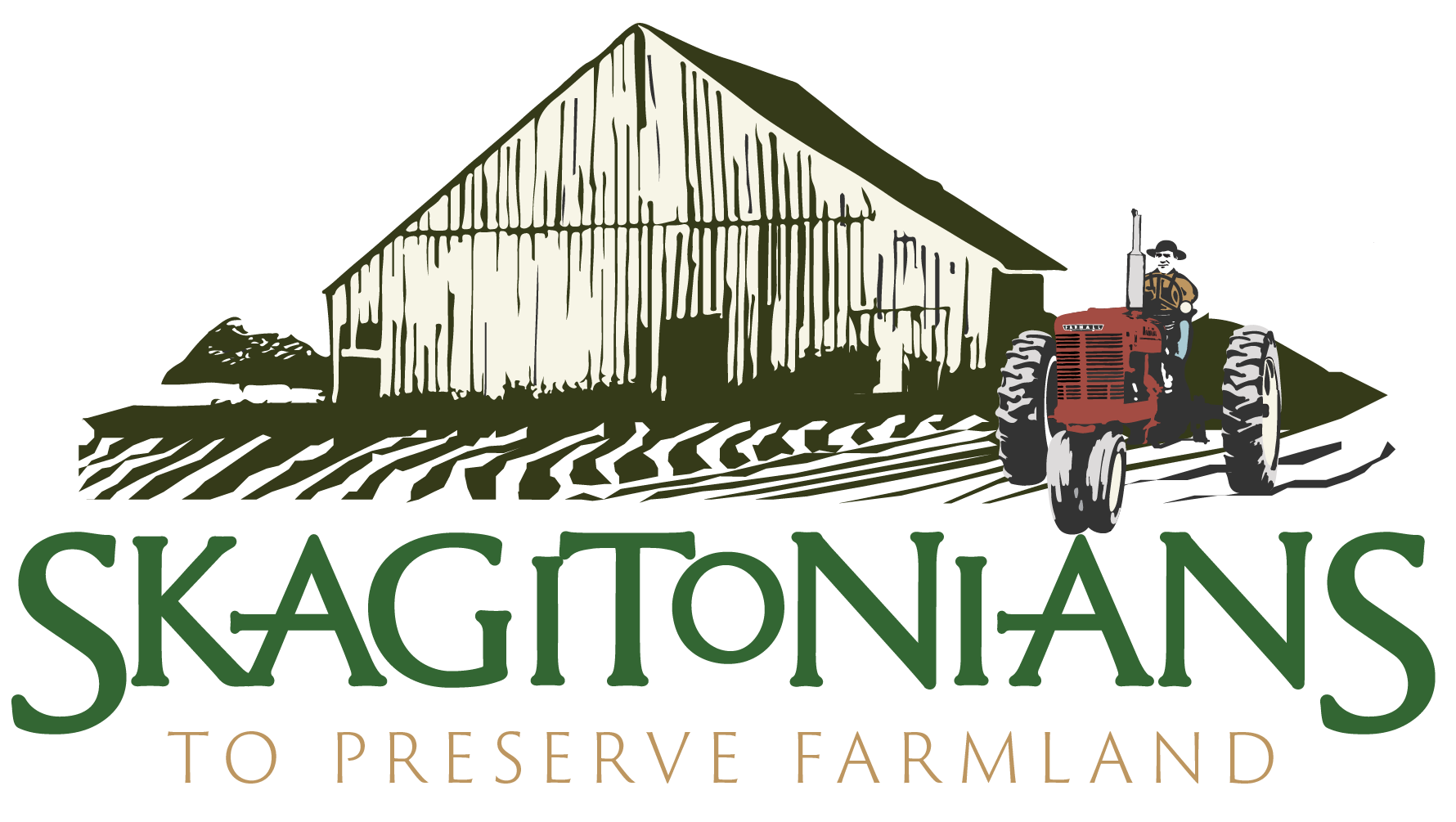Pollinators - The Dirt Issue #58
“Pollinators ensure the survival of 30% of our direct food supply and 90% of our wild plants. ”
Pollinators Provide for Us All
When we think of pollinators, honey bees first come to mind and for good reason. The European honey bee was introduced into what is now the United States in the 1600s and today that same species pollinates more than 100 commercially-grown crops across the country. According to Scientific American, the honey bee “contributes an estimated $15 billion each year to the U.S. economy through its pollination services, far more than any other managed bee.”
As impressive as that is, it is also true that honey bee populations in the U.S. and around the world have been in decline for decades. There are a number of reasons for the loss, contributing to what is known as colony collapse disorder.
Among those reasons is pesticide exposure undermining the bees’ immune systems and preventing them from fighting off parasite-borne viruses that used to be under control. With this and every new cause of harm identified, there has been a concerted effort to minimize or mitigate it.
It Matters More than You Might Realize
To put the need for pollinators in context, consider the following: In broad terms, pollinators ensure the survival of 30% of our direct food supply and 90% of our wild plants. Even if a particular plant species does not require pollination, that species is part of a far bigger food web, a web that would collapse without pollinators.
It’s All About Sex
Many flowering plants, including such famous Skagit Valley crops as strawberries, blueberries, raspberries, orchard fruits; cabbage and cucumbers require insect pollination in order to reproduce. These plants must have pollen grains from the male anther of their flowers transferred to the female stigma. In the case of these specific Skagit Valley crops, transfer is accomplished as pollinators seek out both the pollen and nectar the flowers offer as a source of nutrition. Successful pollination results in larger, more flavorful produce and higher crop yields. Inadequate pollination leads to stunted produce that will not fully mature.
20,000 Bee Species Worldwide; 4,000 in the United States
While the non-native European honey bee is the most important crop pollinator in the U.S., able to be transported from crop to crop as needed, we also have a mighty potent mix of native bees.
Native bees are adapted to the region and its weather—they are not affected by wet and cold—and as a result they pollinate over longer hours than non-native species. Native bees in Western Washington such as yellow-faced bumble bees, masked bees, tiny sweat bees, mining bees, and mason bees are hard-working pollinators. According to forterra.org, “Two hundred and fifty mason bees can pollinate one acre of apple trees. It would take 50,000 honey bees to do the same.”
Healthy and Abundant Native Bee Populations
The first step in encouraging and sustaining native bee populations rests with understanding their needs. A savvy farmer observes what species of bees are present naturally.
The range a native bee can successfully forage—and that means pollinate—depends on their size. Small bees are limited to a few hundred yards while burly bumble bees can manage as much as a mile. That means their habitat is non-negotiable.
Most native bee species, except for bumble bees, are solitary, preferring a nesting site of their own. Depending on the species, these nesting sites may be underground tunnels, abandoned rodent burrows, or even in a pre-existing hole left by a wood-boring beetle.
By keeping such areas undisturbed and close to, if not among, an array of forage targets, native bees have all they need to reproduce while successfully providing pollination services.
Bees eat only pollen and nectar. Providing for a healthy native bee population requires an abundance and variety of flowering plants that, in concert, have bloom times spanning the growing season.
While native plant species are particularly valuable (the bees have not only adapted to them, they likely evolved along with them), non-invasive flowering weeds or crops such as clover and alfalfa are often planted in strips to provide for the bees.
Some farmers are embracing an even higher commitment to native bees by planting hedgerows. Often described as linear nature preserves, hedgerows are narrow strips of mixed plantings with an emphasis on native perennials. Trees, shrubs, ground covers, herbs and wildflowers chosen to flower and fruit at different times are a haven for pollinators and whole host of beneficial insects.
According to Whatcom County Conservation District, “native plants in hedgerows serve as sources of nectar and pollen for adult pollinators and provide habitat for nesting and larvae production.”
An Evolutionary Marvel
While bees have a well-deserved reputation as the pinnacle of pollinators, they are one part of an astounding array of evolutionary adaptations that involve both plants and pollinators. Here in Skagit County, we’re blessed to have both managed honey bees and stalwart native bees. Together they efficiently meet the needs of local farmers as they work hard to produce some of the most flavorful, delicious crops imaginable. In an agricultural valley as diverse as this, the abundance of these hero pollinators is worthy of every conservation effort.
By Teresa Bennett: info@skagitonians.org
Photos by Seth Smith



